
De-Extinction vs. Conservation: Why Saving Plants Today Matters Most
The dream of resurrecting extinct species, captures our imagination, but the ecological truth is clear.
By Gayil Nalls
Sign up for our monthly newsletter!
The idea of resurrecting extinct species, called resurrection biology or species revivalism, whether mammoths, passenger pigeons, or vanished plants, captures the imagination. Yet these deep cultural myths of redemption and control over nature that inspire wonder often collide with ecological reality. For plants, the hard truth is this: once a species is fully extinct, it cannot be brought back. No amount of genetic engineering or synthetic biology can recreate the evolutionary history, ecological relationships, or cultural meanings that vanish with it. But rather than discouraging us, this truth should sharpen our focus on what is still possible—saving the extraordinary diversity of plant life that remains within our reach.
It’s a fact. No true de-extinction of plants is possible. However, plant species can sometimes be more amenable to partial restoration than animals, which leads to a more nuanced view. Extinction means total loss. If all living individuals and all viable reproductive material (such as seeds, spores, or tissue cultures) of a plant species are lost, that species is extinct. Without intact, viable DNA and living tissue, there is no way to resurrect the species, no matter how advanced our genetic tools become.
Synthetic genomes are not the species. Even if scientists could assemble a plant genome from digital sequences or related species (a theoretical goal), they would still face enormous hurdles in reactivating that genome in a way that produces a viable, functional plant. And even then, the result would be a reconstruction or approximation, not the original species with its ecological history, co-evolved pollinators, or adaptive traits.
But plant ‘recovery’ is a little more possible than with animals. Unlike animals, many plant species can persist in seed banks, herbariums, botanic gardens, and even dormant soils long after disappearing from the wild. In some cases, these stores of genetic material have made it possible to reintroduce plants once thought extinct—but this is not de-extinction, it’s rescue or rediscovery.
Examples include the Franklin tree. Franklinia alatamaha is extinct in the wild but survives in cultivation from specimens collected in the 1700s.Also, Ginkgo biloba, which was once thought extinct, was found growing in temple gardens in China and reintroduced globally. These are success stories of preservation, not re-creation.
Genetic engineering in plants yields a look-alike at best. In theory, scientists might attempt to recreate an extinct plant by genetically modifying a closely related species to express similar traits (e.g., flower color, scent, or chemical compounds). But this results in a proxy, not the original plant. Its ecological role and interactions with soil microbes, insects, and fungi would be different. Importantly, its genome would lack the complexity, epigenetic regulation, and evolutionary history of the extinct species. Like with animals, a proxy does not equate to the species.
However, the obliteration of some plant species need not be inevitable. The conservation takeaway is this: Because plants are easier to store as seeds or propagate clonally, we have more power to prevent plant extinctions than with animals.
This makes it even more urgent to greatly expand seed banking efforts, not only through global repositories like the Svalbard Millennium Seed Bank, but by establishing widespread, redundant local and regional seed banks across diverse ecosystems worldwide.
We must prioritize and greatly expand the protection and restoration of habitats where rare and endangered plants still survive, recognizing these ecosystems as irreplaceable refuges of biodiversity, cultural knowledge, and ecological resilience. Preserve wild pollinators and soilecosystems that allow plants to reproduce naturally.
True de-extinction of plants is not possible, but that truth carries an urgent lesson. The tools of conservation—seed banking, clonal propagation, habitat protection, and ecological restoration—give us more leverage to safeguard plant life than we often acknowledge. Every species we protect today prevents the irreversible loss of evolutionary history, ecological function, and cultural meaning. Instead of chasing illusions of resurrection, we must invest in preserving the diversity that still lives, ensuring that future generations inherit not proxies or look-alikes, but the authentic, irreplaceable richness of Earth’s botanical heritage.
Gayil Nalls, PhD, is an interdisciplinary artist and theorist and the founder of the World Sensorium Conservancy.
Lead image by jxfzsy / iStock
Plantings
Issue 51 – September 2025
Also in this issue:

Natural Processes Restored at Derrynane: Could this be Ireland’s first rewilded woodland?
By Vincent Hyland
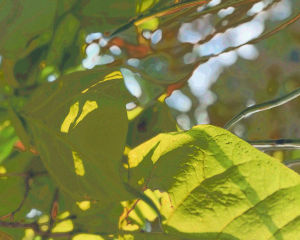
“Let the Forest Flow for Its Forestness” Extending the Language of Rights to the More-than-Human World
By Willow Gatewood
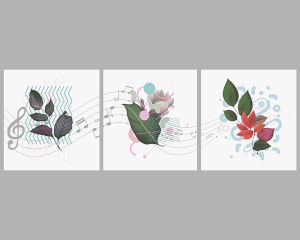
If Oaks and Orchids Could Talk
By Vittoria Traverso
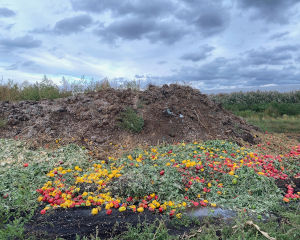
Enrich Your Soil — Enrich Your Life
By Gayil Nalls
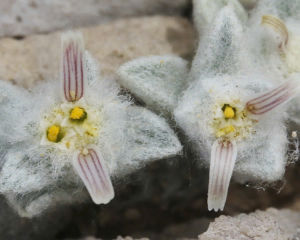
What Can We Learn from the Woolly Devil
By Liz Lindqwister

Eat More Plants Recipes:
Crab Apple Jelly
By Mo Stafford
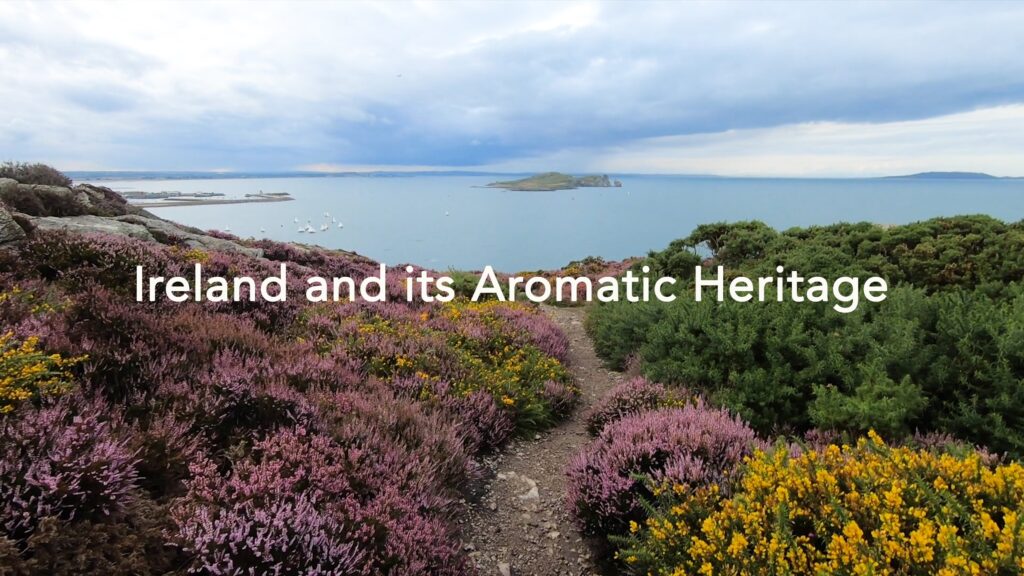
As Ireland transitions from the rich, smoky scent of peat-burning to a more sustainable future, its olfactory heritage is evolving. What will become the next iconic aromatic symbol of Ireland?
Click to watch the documentary trailer.

